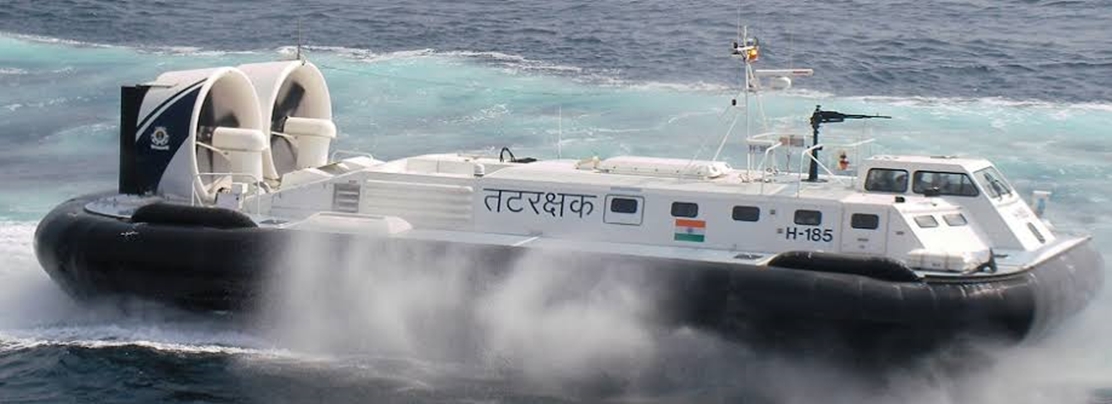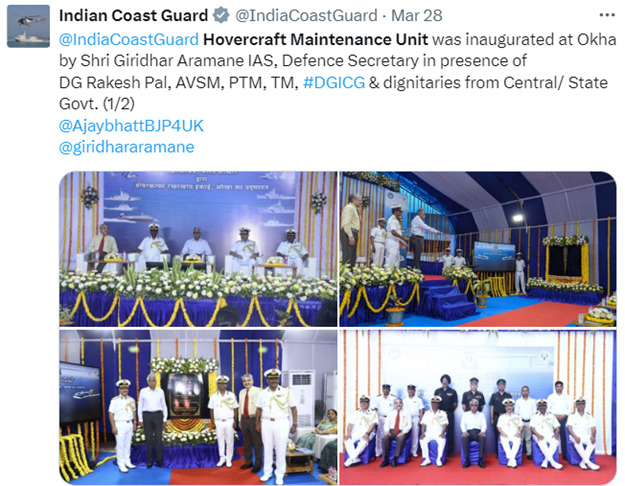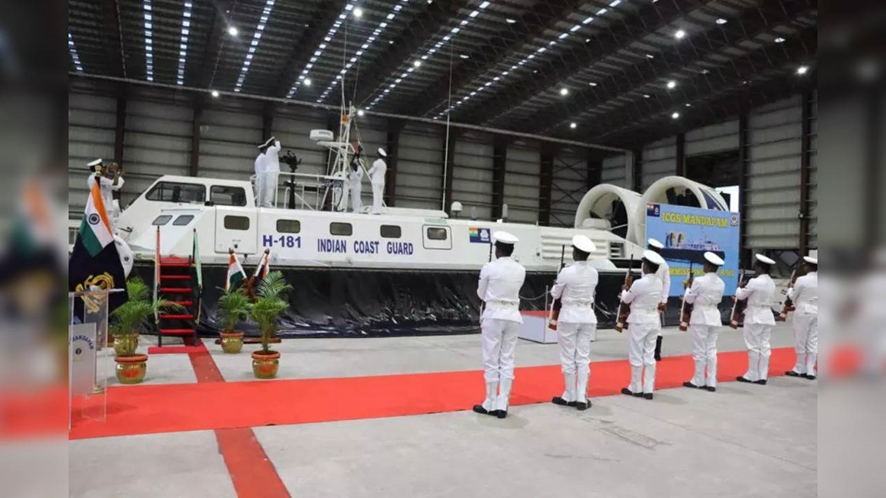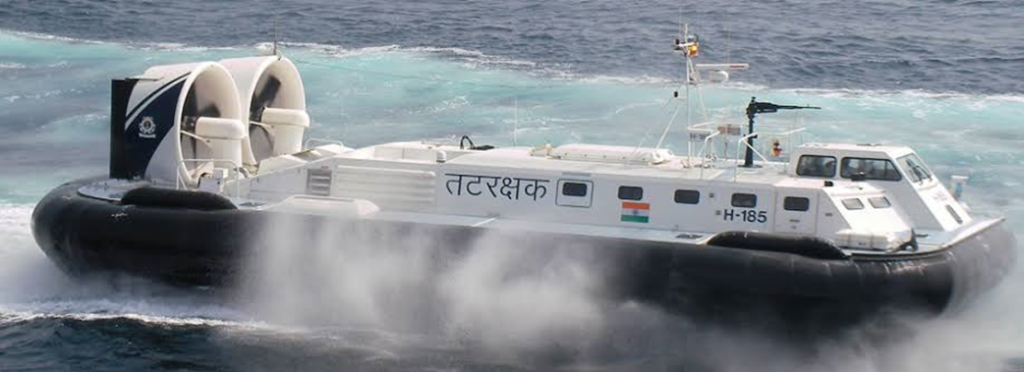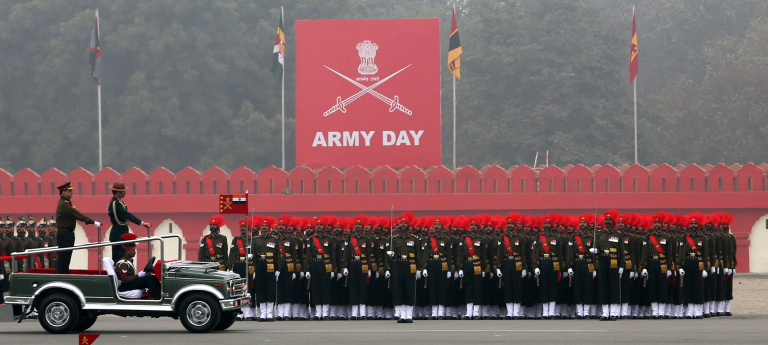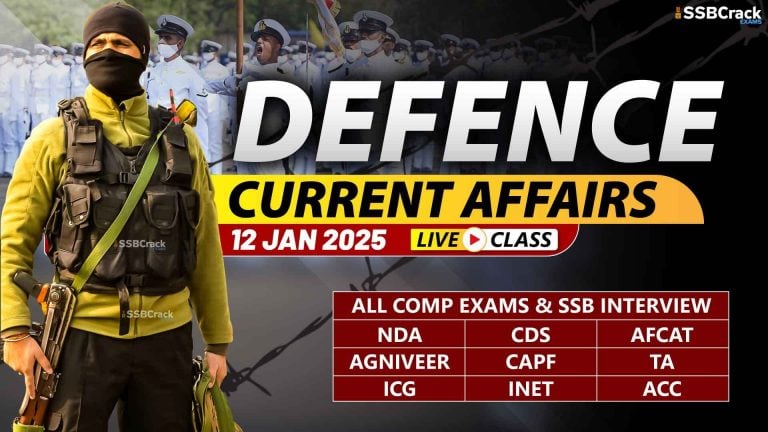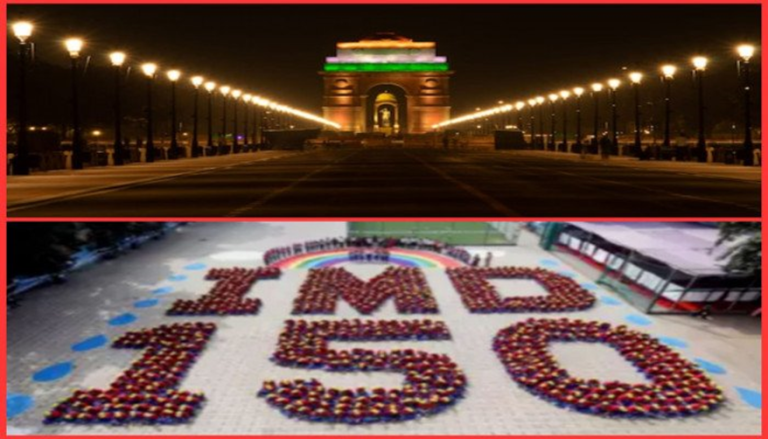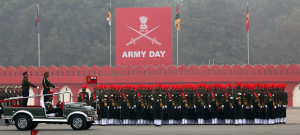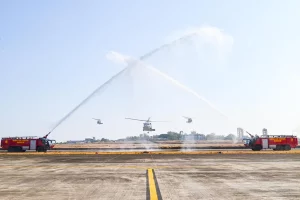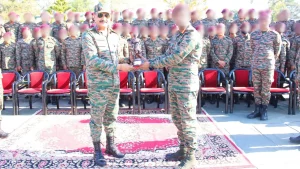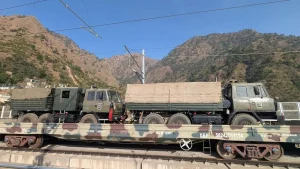Defence Secretary Giridhar Aramane visited the Indian Coast Guard facilities in the Northwest Region on March 28-29, 2024.
ICG’s First Hovercraft Maintenance Unit of Gujrat
During the visit, he inaugurated the infrastructure for the Hovercraft Maintenance Unit (HMU) at Okha. The Hovercraft Maintenance Unit will help in the maintenance of the hovercrafts, which are used for surveillance purposes in 50 different islands in the Area of Responsibility. These hovercrafts are based at Okha and Jakhau and are equipped with advanced instruments and devices.
They are powered by diesel engines and have a range of over 100 nautical miles. The opening of the HMU will help in the timely delivery of technical support and maintenance services to the hovercrafts. The Indian Coast Guard’s north-west region patrols the coast of Gujarat and besides ships, it also has a few hovercrafts. “However, the Coast Guard doesn’t have any dedicated facility for periodic maintenance of these hovercrafts. Presently, our personnel carry out maintenance from make-shift facilities.
A need was felt to have a dedicated HMU with all equipment, spares and tools. Accordingly, the government has sanctioned an HMU at Okha,” sources in the Union Home Ministry said. The ICG keeps its hovercrafts stationed on the western coast of Gujarat and the HMU will cater to these platforms. “The HMU will include facilities for beaching of hovercrafts and carrying out maintenance,” sources added.
The Defence Secretary also laid the foundation stone of accommodations for Coast Guard staff In Veraval on Friday. The accommodation will be for other-than-married and married categories.
Hovercraft
A hovercraft, also known as an air-cushion vehicle or ACV, is an amphibious craft capable of travelling over land, water, mud, ice, and various other surfaces. Hovercraft use blowers to produce a large volume of air below the hull, or air cushion, that is slightly above atmospheric pressure. The first practical design for hovercraft was derived from a British invention in the 1950s. They are now used throughout the world as specialised transports in disaster relief, coastguard, military and survey applications, as well as for sport or passenger service.
